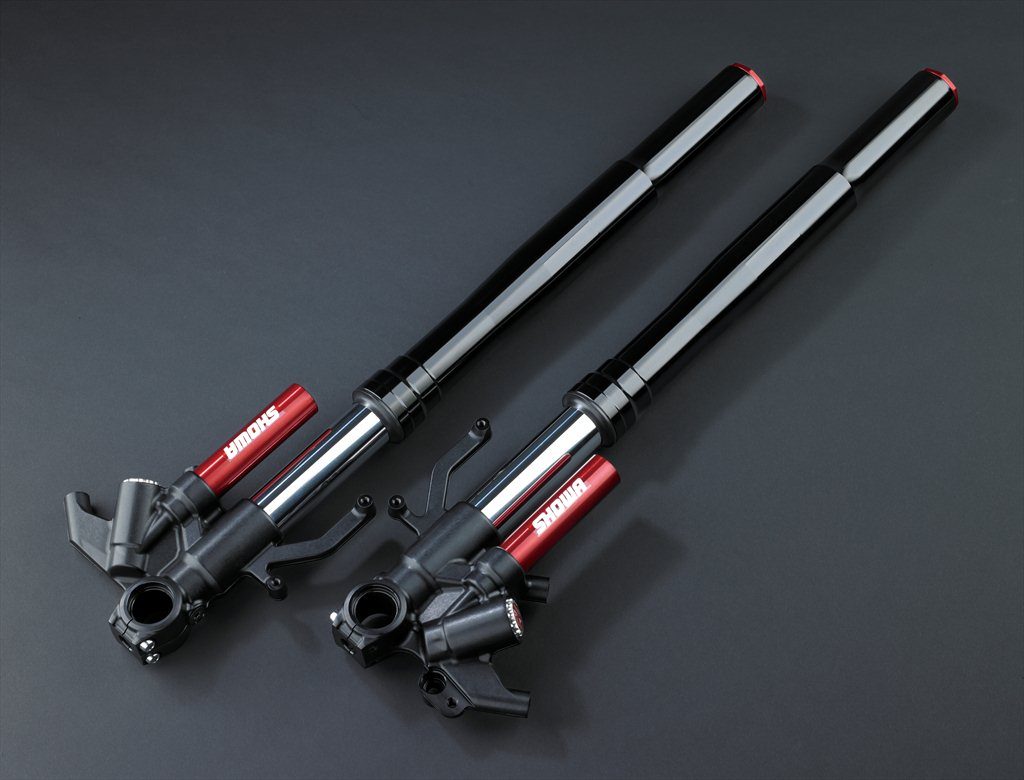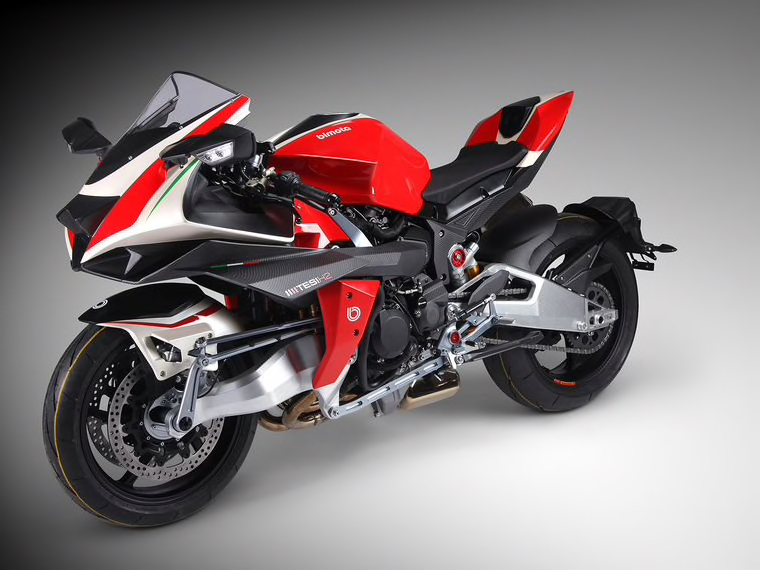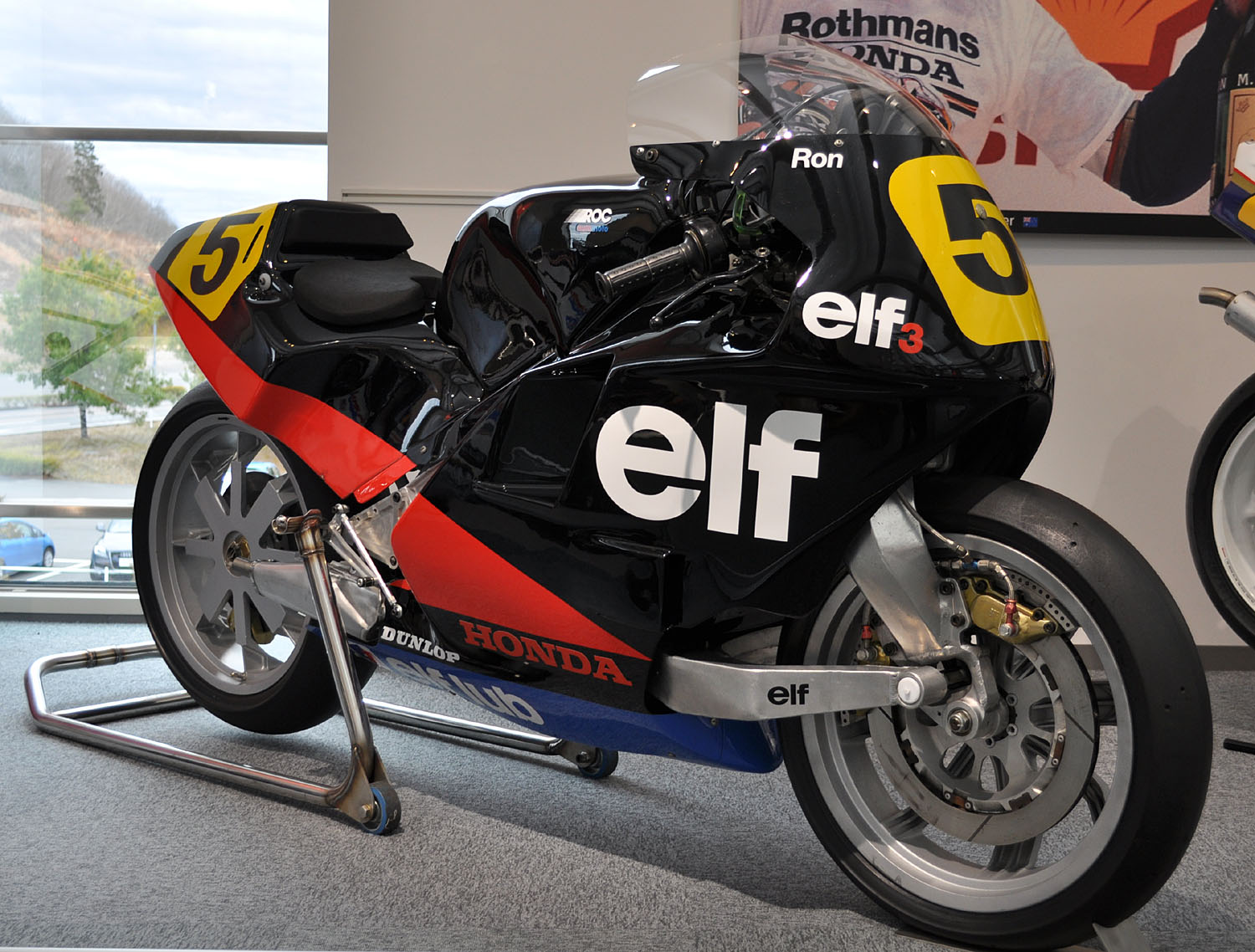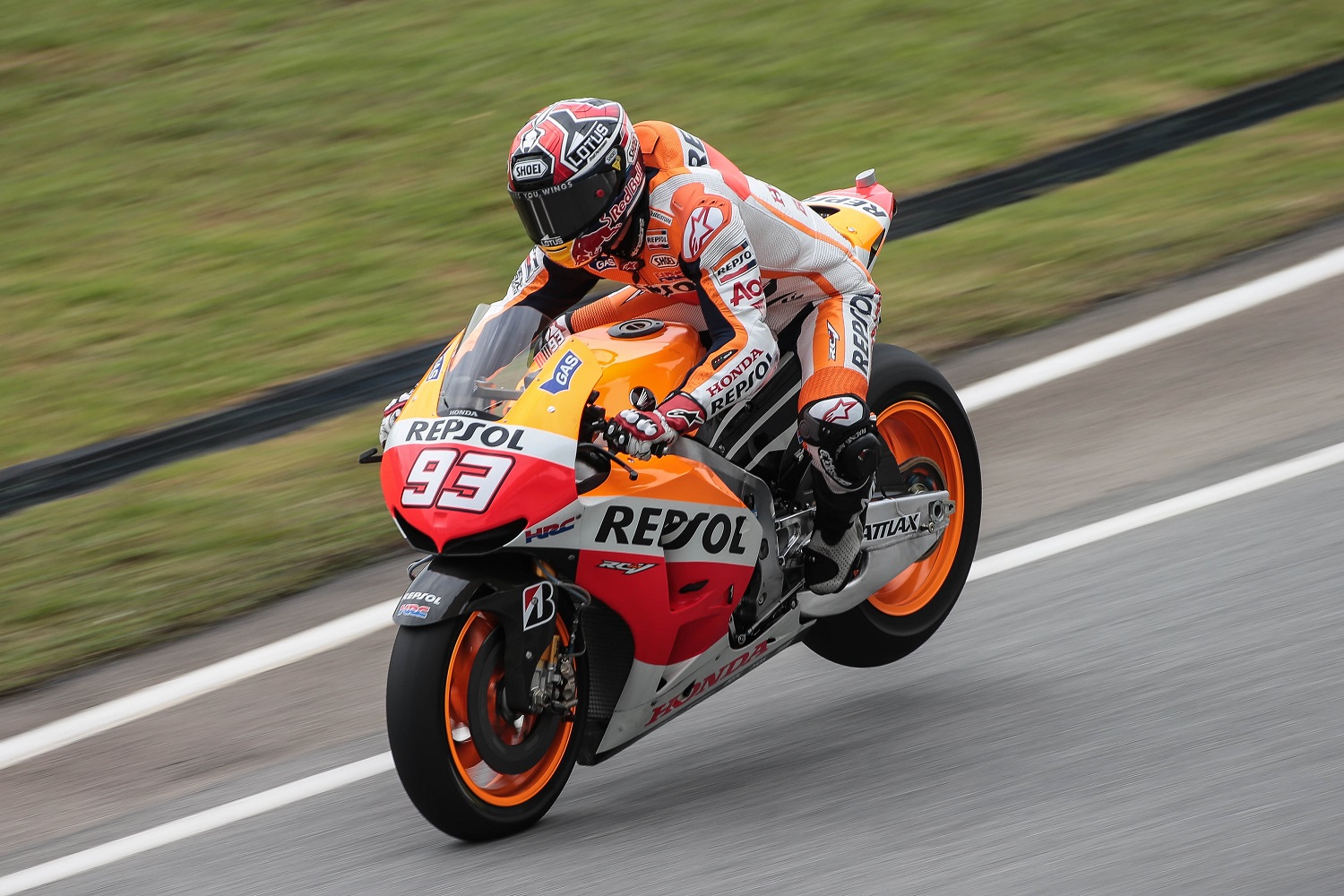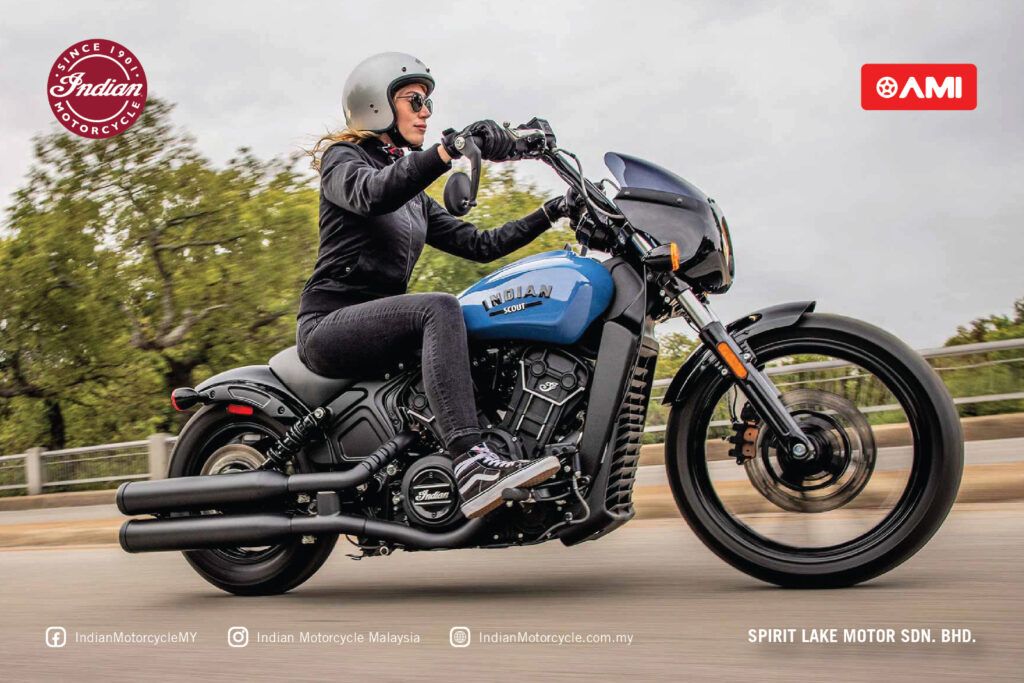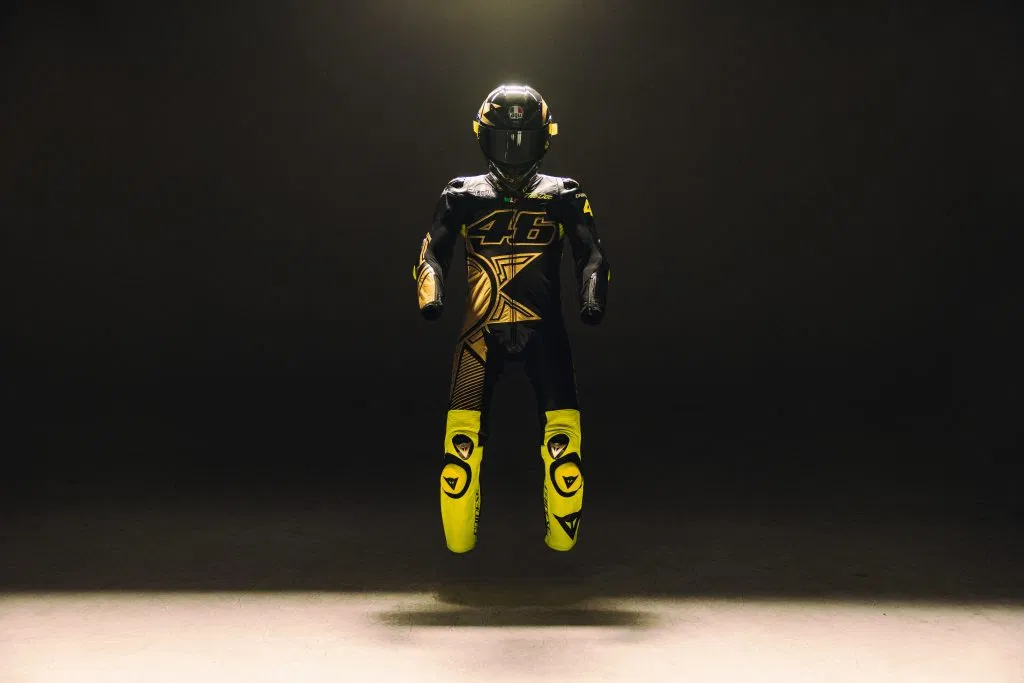-
Besides the Bimota H2 Tesi, Kawasaki is now rumoured to be working on their own hub centre steering motorcycle.
-
What is hub centre steering (HCS)?
-
To understand HCS, we need to look at what forks go through first.
While we await the new Kawasaki Ninja H2 powered Bimota Tesi H2, Kawasaki themselves are rumored to be working on a hub centre steering (HCS) bike themselves.
It may be of no coincidence that Kawasaki bought out 49% of Bimota’s shares, after all. It now appears that the Japanese manufacturer needed Bimota’s extensive experience in building HCS motorcycles (besides superb frames).
We don’t see this sort of front end on many production bikes, truth be told. Those that did were just more than a handful: Yamaha GTS1000, four models from Vyrus, and of course, the Bimota Tesi 3D. Interestingly, Vyrus was working hand-in-hand with Bimota in developing the Tesi 3D but chose to split away to produce their own HCS bikes.
There were also HCS bikes in the 500cc World GP Championship in the late 80s. Powered first by Honda then ROC, they turned in some encouraging results.
What is actually HCS? How does it work? And why is it considered revolutionary?
But first, we have to understand how the front end of a motorcycle works, starting with the age-old telescopic forks. (The term “telescopic forks” applies to both conventional and upside-down forks.)
What are the functions of the forks?
We’ve described how forks work in a previous article. But let’s describe their functions.
The roles of the forks are to:
- Support the weights of the bike and rider through preloading the springs.
- Provide compression and rebound damping.
- Steer the front wheel, hence the bike.
- Hold the front wheel in place thereby “attaching” the front wheel to the bike.
- Carry the brake calipers.
That’s a lot, don’t you think?
What happens when the bike is moving?
When a bike is travelling straight up, the wheel is deflected upwards when it contacts a bump. The forks compress, the re-extend after passing the bump. Changing directions is also easy as no other forces are acting on the front end, except for the bump.
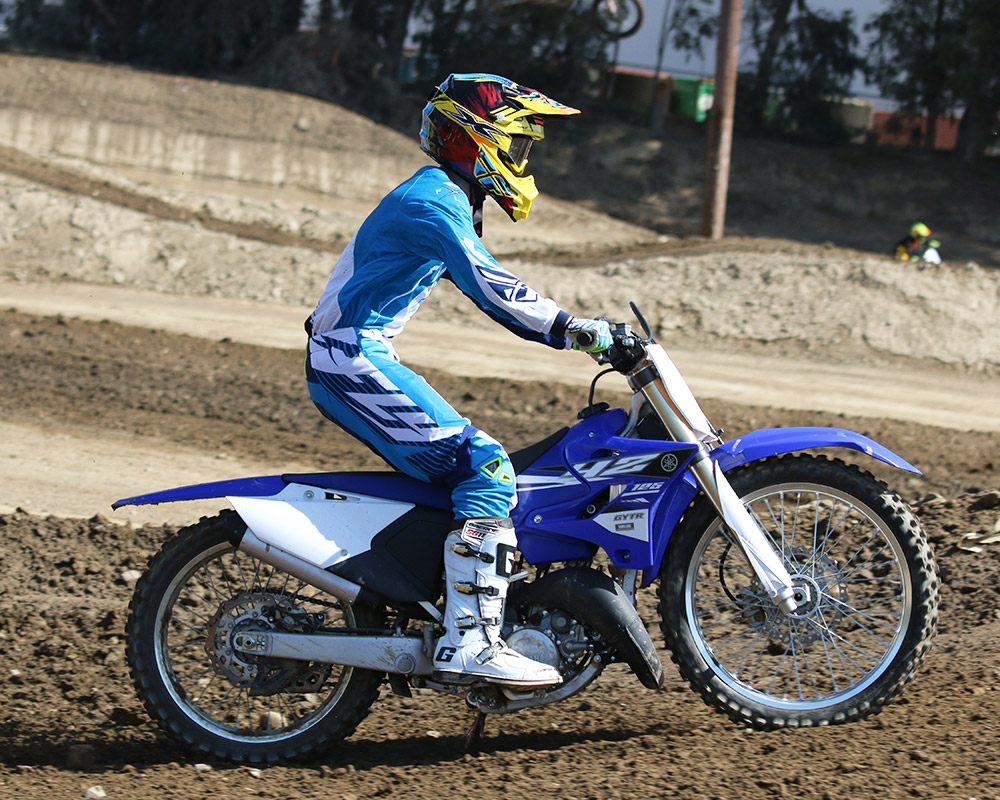
Imagine the rider braking hard for a corner.
The decelerative forces from the brake calipers are pushed into the forks. Weight of the rider and motorcycle is shifted to the front due to inertia and compress the forks.
Now imagine the front tyre contacting a bump at this very moment. Much of the forks’ travel have been taken up due to braking and now more is requested by the bump.
The results are the bike will be difficult to turn as the tyre is hopping over the bump or worse, subsequent bumps. Also, more forces are being directed into the front tyre (as the suspension doesn’t have more travel) causing it to be squished out sideways. Consequently, the increased footprint makes turning the bike much harder.
Apart from that, provided that the front brake doesn’t lock up, all the weight will be shifted to the front and inertia forces the rear end to slide out.
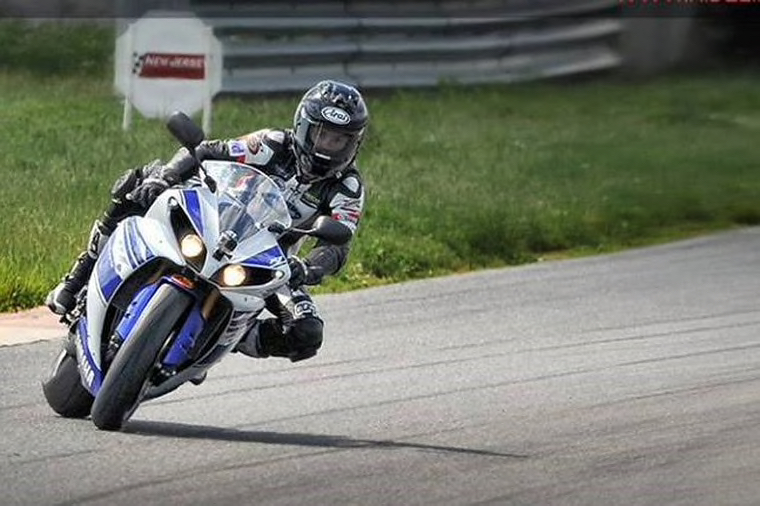
In extreme cases of weight transfer will lift the rear end of the bike. As a result, the bike becomes squiggly, unsettled, unstable. This is also when rear brake becomes redundant, hence braking distance is increased. Worse, the rear end’s lifting while the front-end hops over bumps.
It’s spectacular to look at Marc Marquez doing this and still make the corners, but it’s not a great idea on the road! What do most riders do in this situation? Answer: Let off the brake and run straight off the road.
Using a heavier (harder spring) or dialing in more low-speed compression damping helps but neither or both will eliminate the problem completely. Besides, the front end will become less compliant.
Additionally, extreme braking or sharp bumps or a combination of both can force the fork legs to bend backwards slightly, but enough to cause the sliders and legs to touch each other, thereby creating stiction. Stiction is the combination of two words, namely static and friction. It may also be influenced by the word stick. When stiction occurs, a large amount of force is needed to break the friction. The rider would feel as if the front suspension has stuck in its stroke. The solution is to make bigger diameter and stiffer forks but doing so creates their own set of problems. This is why high-end fork sliders are TiN (titanium nitrate) coated.
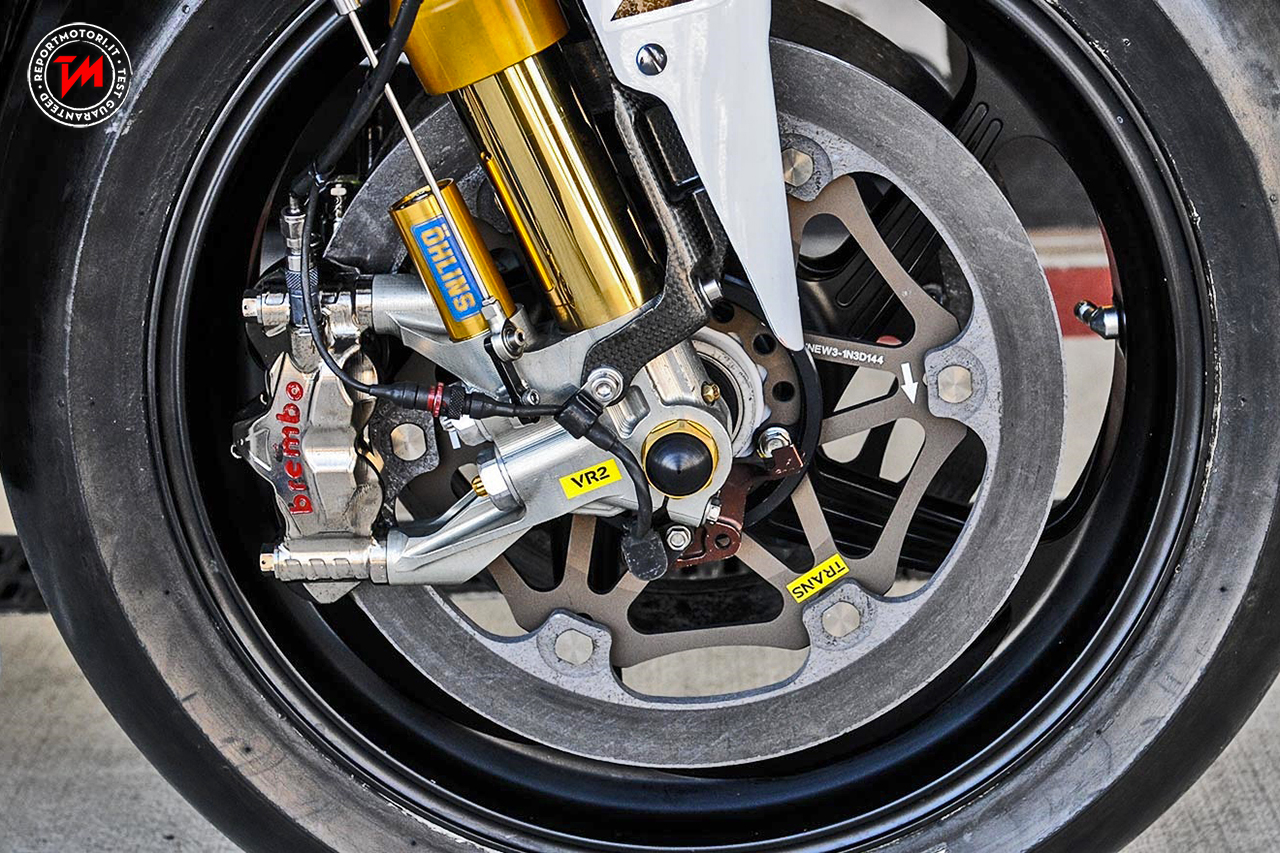
Additionally, the length of the forks creates a leverage against the headstock (where the triple clamps are mounted to). Again, engineers respond by making larger forks, headstock and frame to compensate.
However, creating stiffer forks and headstock adds weight. But more critically, it will cause loss of feel of the front tyre especially when the bike is leaned over in a corner. In fact, extreme stiffness can induce front wheel chatter. When the rider losses feel or the tyre chatters, he’ll lose confidence, and loss of confidence forces him to slow down.
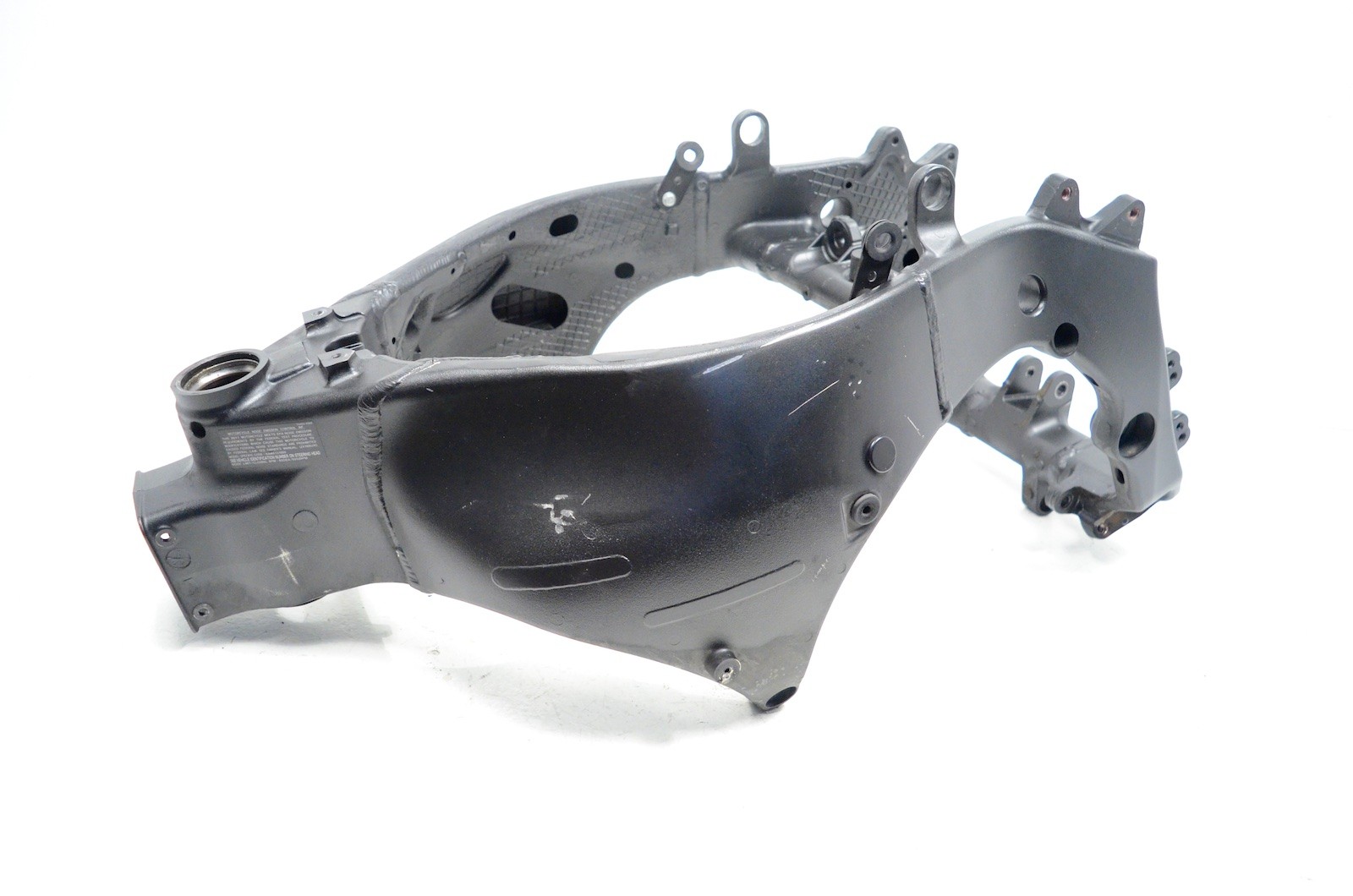
So, it’s a constant battle between fork, headstock and frame stiffness against stiction and leverage.
There are advantages of the forks, of course. However, these were brought on by the familiarity of how they feel and how we compensate. Other plus points are that forks require less complex architecture, are lighter and comparatively cheaper than HCS.
That’s it for now, we’ll look at how HCS functions, besides their pros and cons next time.

